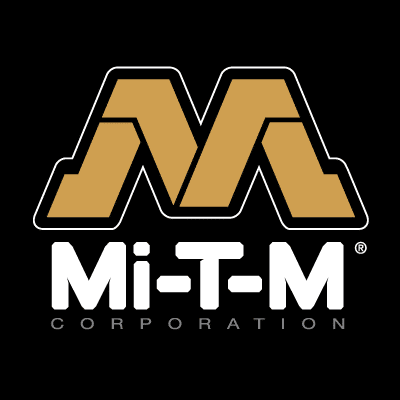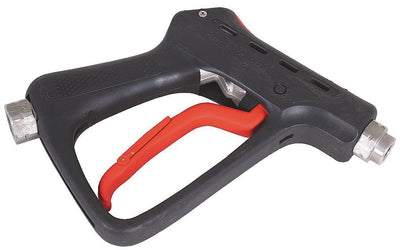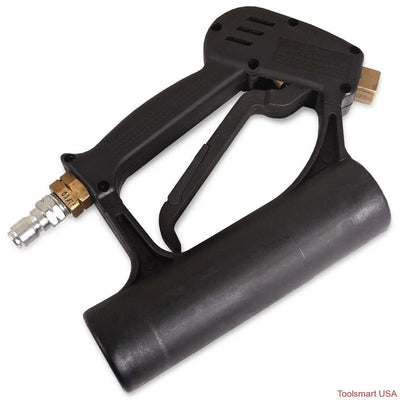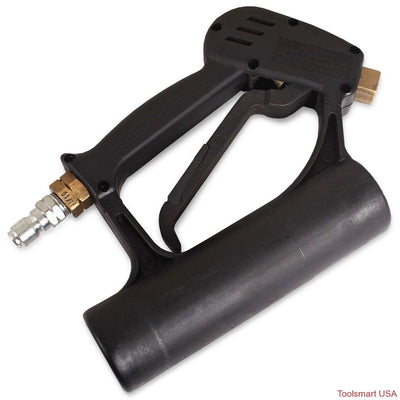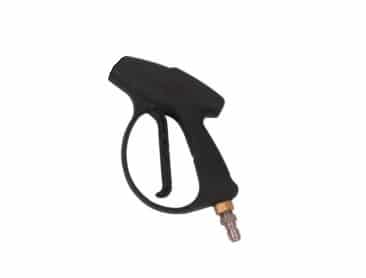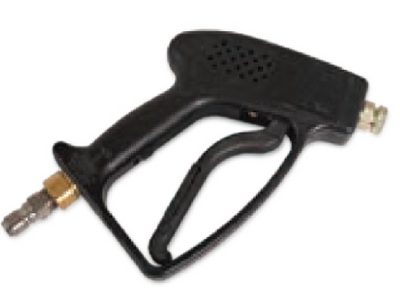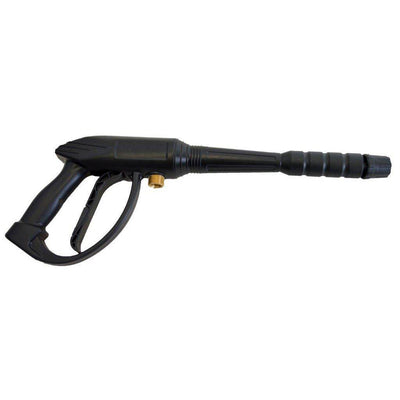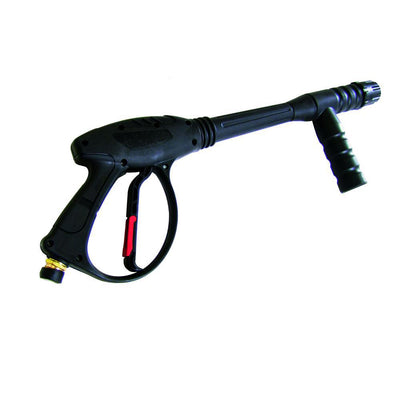Choosing a Spray Gun – A complete Guide
If you are just getting started in spray application you may be over whelmed by all the variables that are to be considered. From choosing the right coating to safety considerations when spraying, to choosing the actual spray equipment. If you have been able to wade through the choices you may be at the point that you have decided you will be using a spray gun and want to determine which spray gun will best meet your needs. The intent of this article is to cover all the important things to consider and provide information to help you choose the right spray gun for you.
Variable 1 – Fluid Viscosity
Viscosity is usually referenced as low, medium or high but if you do not have the viscosity of your coating provided you can also use a measuring device like a Zahn cup which will give you a reading in seconds. You can then use a conversion chart to determine the viscosity of a given coating. Most spray gun manufacturers including Binks and Devilbiss will often list the proper spray gun set up based on the coating viscosity you will spray using a certain cup like for the Trophy Gun the viscosity is listed in seconds in a Zahn 2 Cup. You can also often get a spray gun recommendation on the technical data sheet for your coating. However, if you will be spraying a variety of coatings then having a general reference point of the coating type and viscosity of the coating will give you the ability to reference what spray gun setup might be ideal. In general certain types of spray guns are better suited for heavy viscosity coatings than others.
For high viscosity coatings like zincs, enamels, ceramics, or glues you will typically want to use a conventional spray gun. Or if you need to spray even heavier bodied coatings or need higher production then you will often want to consider an Airless or Air Assist Airless.
For other coatings it will depend on your finish requirements. HVLP will help reduce the coating you use by having a higher transfer efficiency. LVMP will allow for similar transfer efficiency to HVLP but may not meet environmental regulations in certain industries, conventional will provide the finest atomization but can use twice as much paint in a given time that HVLP will.
- In addition to having implications for the type of gun to choose, viscosity will also be important in determining how fluid is delivered in a spray gun. The three ways to feed paint to a spray gun include pressure, suction, or gravity. Each feed method has its benefits and limitations. In general Gravity feed spray guns will keep waste to a minimum and provide ease of use. However, to use a gravity feed spray gun the material must be thin enough to flow easily. Suction feed spray guns will have similar fluid flow requirements to gravity fed spray guns. Suction fed spray guns do offer potential agitators which can be helpful for coatings that require agitation. Suction feed spray guns will require slightly more cleaning. If your coating is highly viscous you will most often need a pressure fed spray gun. Pressure feed spray guns can supply highly viscous coatings easily making them the ideal choice for high viscosity coatings.
Variable 2 – Production Requirements
In addition to a variety of feed methods and air cap styles, high quality spray guns have a variety of set ups available. By offering larger air caps and fluid nozzles you will be able to choose a spray gun that will be able to provide the production level you need or if a spray gun is not fast enough you may want to consider an airless. You can get an idea of what production you can expect out of various fluid nozzles here. The Air Cap you choose will determine a few important things including the size of the spray pattern and the caps ability to break up heavy viscosity coatings the higher the CFM of the air cap typically the heavier bodied coating it will atomize. BY knowing your production requirement you can be better able to choose the right fluid nozzle and air cap
In addition to choosing the air cap and fluid nozzle the Production requirement will be pertinent in choosing how you feed your spray gun. Pressure pots offer higher volumes of coating which can be ideal if you will be spraying more than a gallon of paint at a time. They also provide greater control over your fluid and air pressures which can help in meeting a production goal. Or if you need the ability to continuously paint you can feed your spray gun from a diaphragm pump or fluid transfer pump. If you will be painting in small quantities and not have coatings with high viscosity then a gravity or siphon feed spray gun could be ideal.
Variable 3 – Compressed Air Availability
Different spray equipment will need different amounts of air. A typical spray gun can require 20 CFM of air while an airless can often require significantly more if it is air fed using up to 120 CFM. You can learn more about compressor requirements for spray equipment here.
Variable 4 – Finish Quality Requirements
A final variable to consider is the finish requirements you will need. Spray guns are typically the best appearing finishes. If the coatings are not highly viscous most of the times you can achieve an automotive quality break up of a coating with HVLP, Conventional, or LVMP.
However with heavier bodied coatings you will typically need a conventional gun to get good break up. An air assist airless will provide a finish that is close to a spray gun but not quite the fine finish, they are often used for higher production that requires a quality finish. If you primary need high production or spraying high solids coatings you will typically need an airless.
Variable 5 – Length and Diversity of Use
Spray guns vary greatly in their prices as well as their quality. Higher quality spray guns offer greater variety of air caps, fluid nozzles, and are able to be completly rebuilt. Lower cost spray guns will often not be rebuildable and have limitations on the variety of setups that are available. You can learn more about spray gun prices and quality differences here.
Conclusion
Choosing the right spray gun for your coating can be a lot to consider. By knowing more about your finish quality, production, compressed air, and viscosity of your paint you will be able to better determine the right spray equipment for you. If you need further assistance feel free to contact us to learn more.

